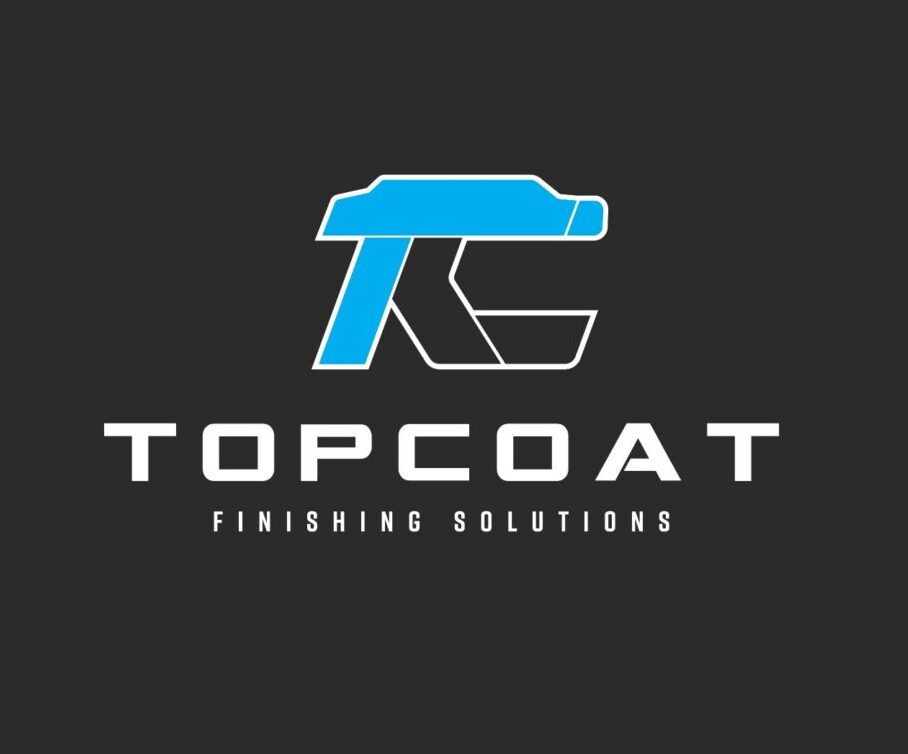Featuring Decoral Systems USA
The Latest Technology in surface application Powder Coating from wood grain finishes to custom prints we have what you need.
Defining Excellence in Finishing Solutions
At Top Coat Finishing, our expansive oven sets the industry standard in Utah, measuring an impressive 60 feet in length, 12 feet in width, and 10 feet in height. This remarkable size empowers us to accommodate the most substantial industrial projects, ensuring superior quality for every powder coating endeavor. In addition to this, we have a second oven, measuring 40 feet in depth, 12 feet in width, and 10 feet in height, which enables us to handle large volumes with quick turnaround times. Our cutting-edge ovens ensure consistent, thorough curing of your powder coating, delivering a flawlessly smooth and enduring finish that will withstand the test of time. These ovens are state-of-the-art and the most advanced in the industry to ensure you get proper adhesion. Whether you require coating for a single item or a full-scale production run, our capacious ovens guarantee efficiency and precision in handling any project.
How Does It Work?
Surface Preparation
The first step in powder coating is to prepare the metal surface. This involves cleaning the metal to remove any contaminants like dirt, grease, rust, or old paint. Proper surface preparation is crucial because it ensures good adhesion and a high-quality finish.
Powder Application
Once the metal surface is clean and prepared, the next step is to apply the powder coating. Powder coating is a dry powder made of finely ground particles of pigment and resin. Using electrostatic spraying, the powder is charged electrostatically, and the metal object is grounded. The charged particles are attracted to the grounded metal, creating an even coat.
Curing/Heating
After the powder is applied, the metal object is transferred to an oven for curing. The curing process involves heating the coated metal to a specific temperature (usually between 350 to 450 degrees Fahrenheit or 177 to 232 degrees Celsius) for a set amount of time. During curing, the powder melts and flows to form a continuous film on the metal surface. It chemically crosslinks and hardens, creating a durable and resilient finish.
Cooling and Quality Inspection
Once the curing process is complete, the metal object is allowed to cool naturally or in a controlled manner. Cooling helps to solidify the coating and ensure its durability. After cooling, a thorough quality inspection is conducted. This involves checking for uniformity of the coating, thickness, adhesion, and any visual defects. Any imperfections are addressed, and necessary touch-ups or rework may be performed.

